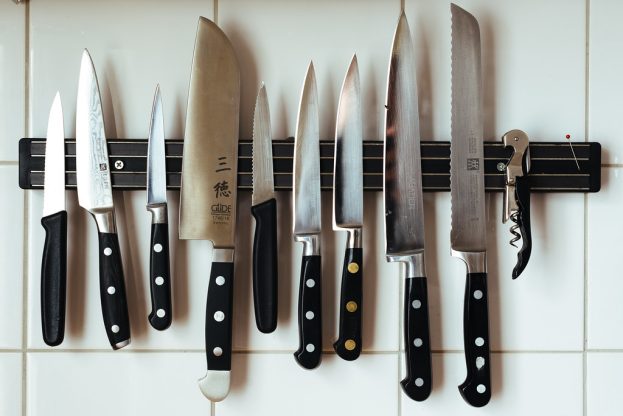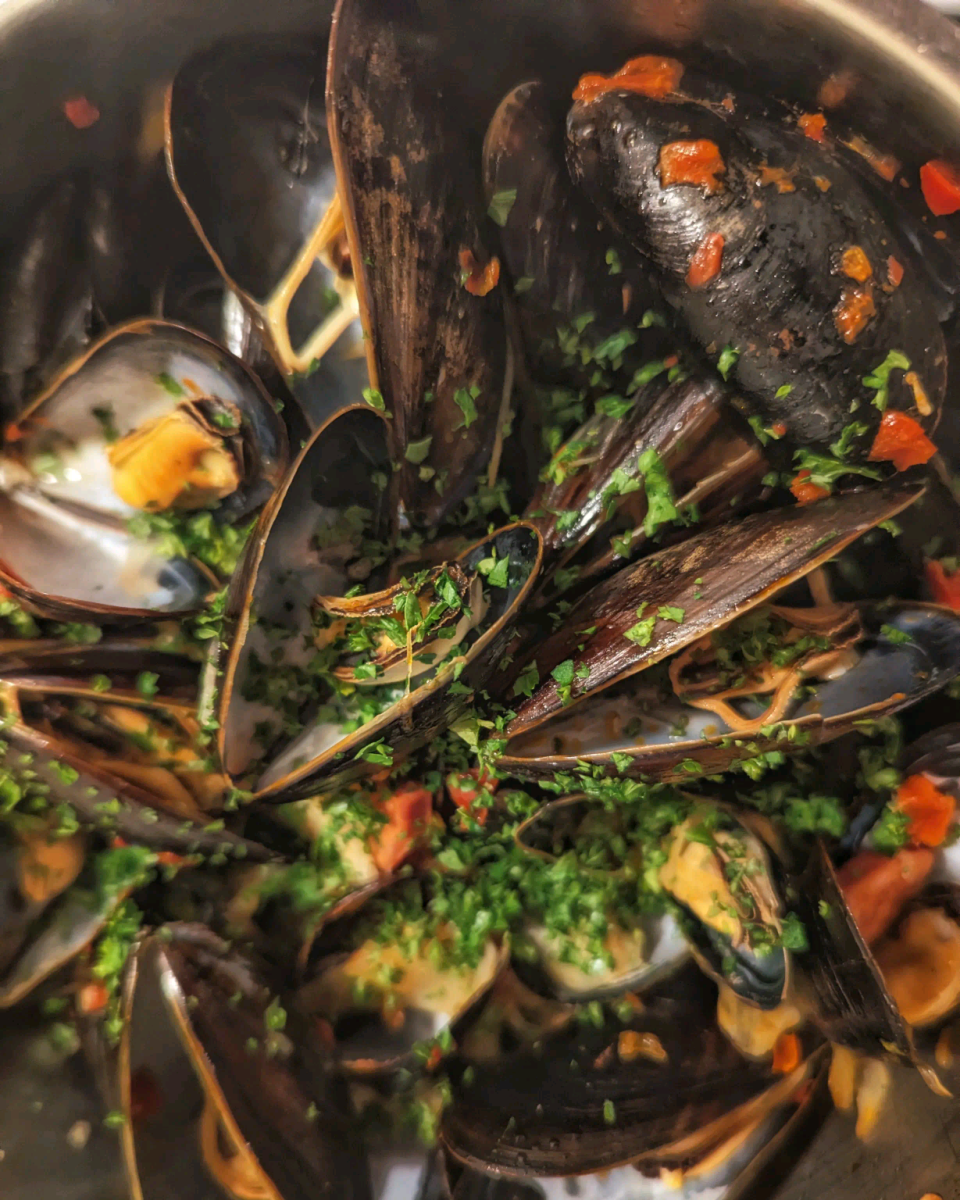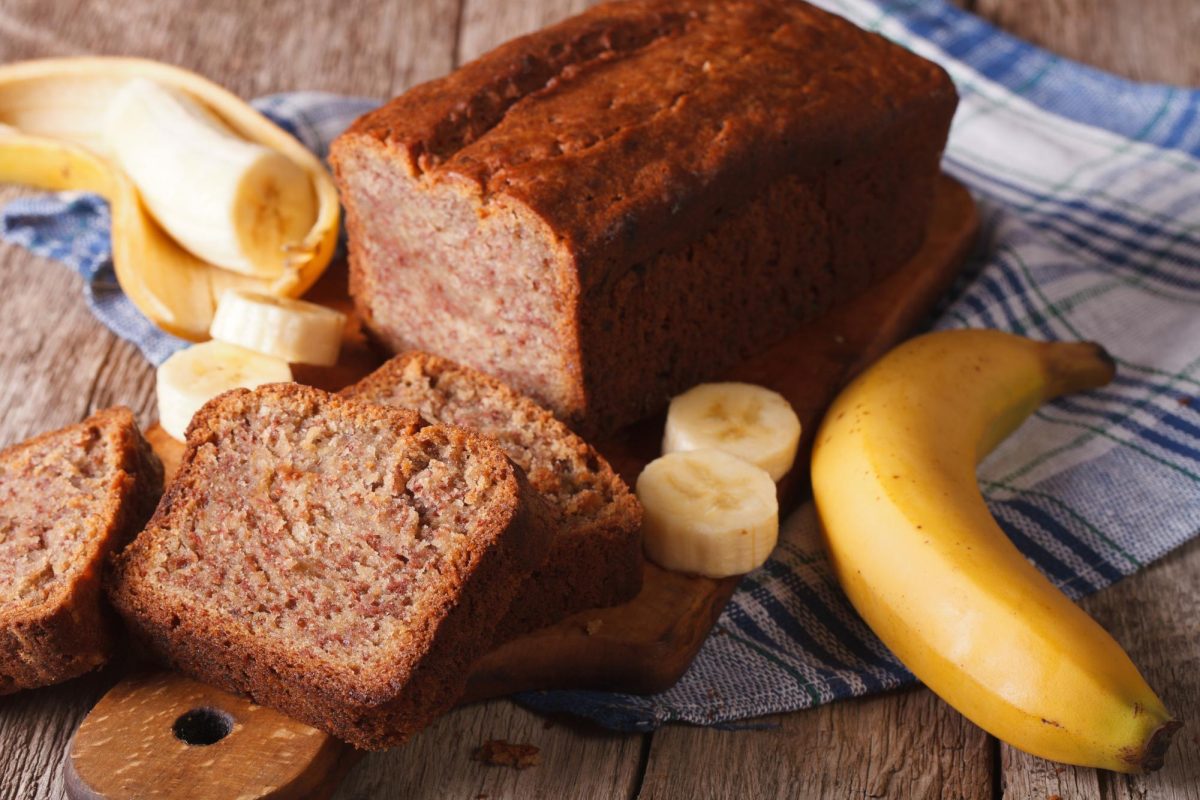
Professional chefs are not as dissimilar to home cooks as one may think. Beyond aggressive television personas such as Gordon Ramsay and Marco Pierre White, their jobs are fundamentally the same: make people happy by cooking them delicious meals. The smiles chefs and cooks alike bring to loved ones fuel their love of cooking.
I will forever cherish the memory of giving my roommate a bowl of homemade ramen after a grueling final exam. His exhausted smile will be seared in my mind for years to come.
Many home cooks have memories like mine. However, chefs are held to a much higher standard of quality and consistency. Chefs need many tools at their disposal to produce high-quality food. These cooking instruments are vital for a chef’s speed, efficiency and consistency. While the average home cook can’t afford — or realistically use — most of this equipment, there are plenty of tools that translate well into home kitchens.
All great chefs swear by a good, sharp knife. Not only do dull knives slow down prep work, but they’re also dangerous. According to the University of Rochester Medical Center, “a dull blade requires more pressure to cut, increasing the chance that the knife will slip with great force behind it. A sharp knife ‘bites’ the surface more readily.”
The last thing anyone wants is a trip to the ER instead of dinner. Dull knives can be sharpened at specialty stores on high-quality whetstones to keep them in excellent condition.
An affordable alternative to expensive high-quality knives are lower-quality knife sharpeners. These lower-quality sharpeners should not be used on good-quality or expensive knives because they wear the edge of the blade unevenly and remove too much material from the knives. Cheaper knives are well suited to this kind of sharpener.
However, there is certainly a time and place for high-quality knives, which can be found at specialty stores such as MTC Kitchen and Korin, as well as websites like Japanny. These services can ship directly to your home, their knives come razor sharp and will last you a lifetime if taken care of. Chef Joshua Weissman has a great guide on picking a good knife, as well as how to properly use a knife.
The often overlooked counterpart to knives is the cutting board. Cutting boards come in a variety of shapes, sizes and materials. Choosing the right one for your kitchen and workflow can make a surprising difference. A quality cutting board won’t slide around while you are prepping ingredients, which makes cooking safer and faster. The last thing anyone needs to worry about while handling sharp knives and hot pans is whether or not the cutting board will fall.
A cutting board must also be appropriately sized for specific jobs. A great way to get the best out of your purchase is to buy a small set of Misen cutting boards. Highly recommended by chefs is the two-piece set by Misen. The small cutting board comes in at 1.3 pounds and 11.75 inches by 8.85 inches, while the large comes in at 2.6 pounds and 17.75 inches by 11.75 inches. The small-sized board is perfect for prepping small vegetables, chopping herbs or cleaning produce, whereas a larger board is better for prepping meat and fish or breaking down larger vegetables. The Misen cutting boards are made of dishwasher-safe plastic with rubber feet to keep them in place.
Plastic is a great choice for cutting boards since it is easy to clean and very durable. Wood is a good choice as well because it is naturally antimicrobial but is harder to clean and requires some amount of care. Wood is rarely seen in professional kitchens due to these reasons.
Good-quality knives and cutting boards are, frankly, expensive. The average home cook or college student may not be looking to make that investment just yet. However, there are still some great affordable tools that can make cooking faster and more enjoyable. For instance, a good peeler is essential to have on hand.
Kuhn Rikon is the industry standard for amazing peelers. They’re plastic, incredibly sharp and — most importantly — cheap. Online, each is priced at five dollars, but in local restaurant supply stores, they can go for as low as two dollars each. I highly recommend the set of three offered online. The “Y” shaped design allows for better ergonomics and control. This makes peeling safer and faster, especially for smaller vegetables. The ultra-sharp blade is securely fastened, which allows for precise trimming, less waste and a maximized yield. It’s something that many chefs thoroughly enjoy in their home kitchens.
Lastly, no tool is as synonymous with the culinary industry as the humble deli container. Containers come in three different sizes each with their respective use cases: cup, pint and quart. They’re cheap, disposable, dishwasher/microwave/freezer friendly and can be bought in bulk. These containers are used every single day in professional kitchens for a multitude of reasons. They help speed up prep tasks, keep stations organized and can even be used as measuring cups. They also can act as drinking containers, small garbage bins and projectiles when angry. The sky’s the limit with these containers.
Cooking, ultimately, should be a fun and enjoyable experience. Having the right tools on hand will undoubtedly aid in this pursuit. So go and serve up some smiles!


















